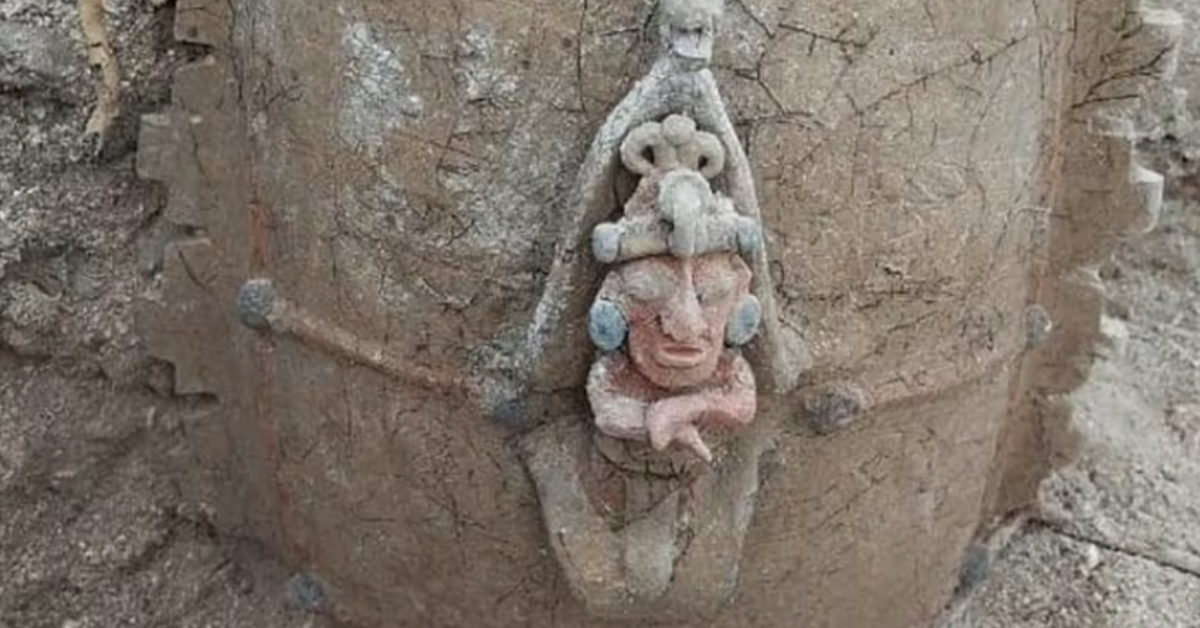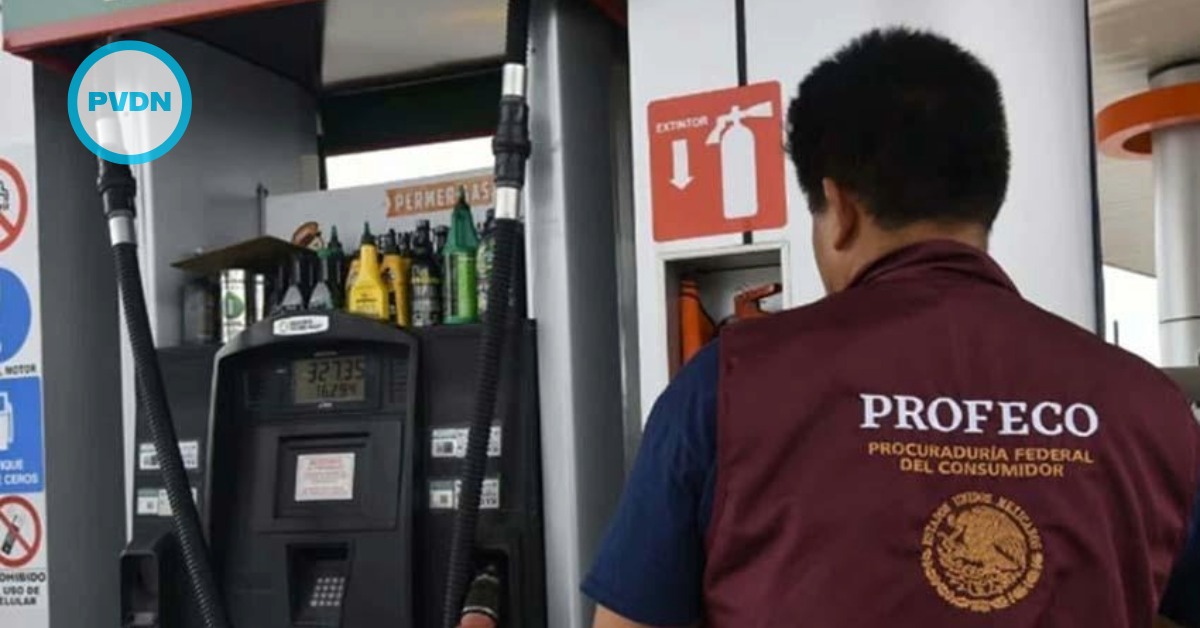Specialists from the National Institute of Anthropology and History (INAH) have made a significant archaeological discovery during ongoing construction works on Section 7 of the Mayan Train project. This remarkable find consists of a funerary urn bearing the representation of the god of corn, containing the mortal remains of an individual. The urn, identified as a Paaktzatz style vessel, was unearthed as part of the archaeological rescue efforts associated with the Mayan Train project.
Diego Prieto Hernández, the general director of INAH, provided insights into the discovery, stating that the urn was found alongside another vessel . . .






